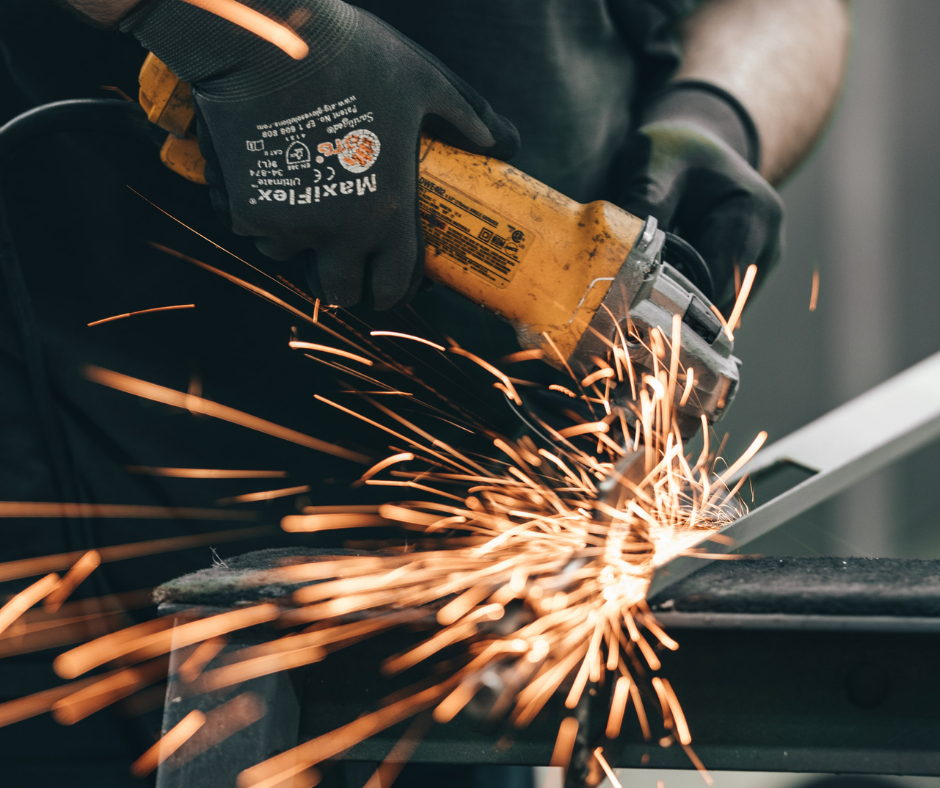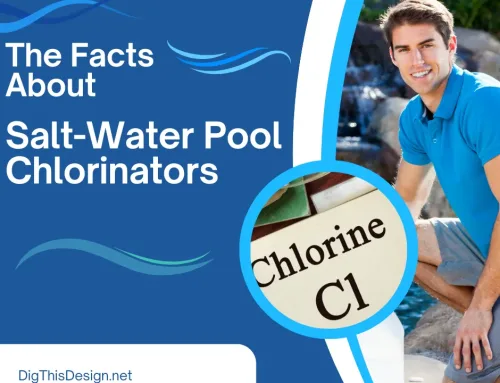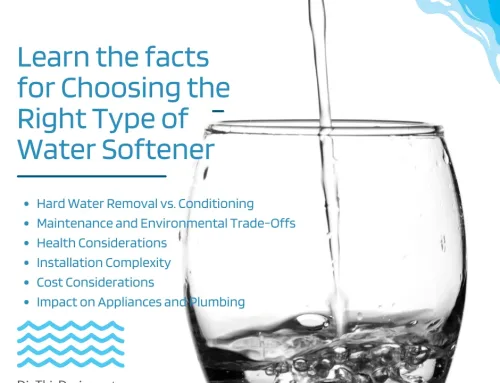Ball Valve Replacement: Replace or Restore Process

While Industrial metal-seated ball valves are used in chemical plants, mining, and non-refinery settings. Likewise, Ball valves are vital where crucial isolation, high pressure, high-temperature, abrasion, erosion, and corrosion are required.
Because of these industrial applications, the need for metal-seated ball valves has emerged. Furthermore, end-users who choose to trust ball valve manufacturers advised about the valves’ need for quick actuation and restoration.
There are a few factors to consider when deciding whether to have a ball value replacement or repair it. These would be site maintenance planning, economics, and erosion or corrosion tendencies. In addition, ball valve replacements usually take around two to six weeks to finish. Hence, it is crucial to determine if repair is the best solution or a replacement is necessary. This piece will give you ideas about the repair operations in ball valves.
Evaluation of Ball Valves
After valve cleaning, we do dimensional checks to evaluate its actual repairability. What pushes the decision-making process whether to repair or replace depends on economics. Meaning, it based the decision on how expensive are the materials needed and used in these services.
Here are some repair evaluation descriptions that ball valves in the effect of rigorous utilization.
-
Scrapped Parts
Discard parts that include onetime use of soft items such as packing, body gasket, seat gasket, thrust washer, and any harshly damaged components.
-
Repairable Parts
These refer to the ball, stem, body, end piece, and other metallic parts, with minor damages only. If needed, welding or coating can repair these damages back to size.
-
Post-Grit Blast Evaluation
They performed this evaluation to determine if the components need weld repair. A grit blast is used to remove thick scale on parts. To have this evaluation means that the restoration is critical. Consequently, you will need to start from scratch. We then removed the coating from the base metal to prepare for re-coating.
Removing everything will give a better view of the underlying part. At this stage, verify the roundness of the valve ball, resulting in a final evaluation if anything more requires fixing before the new coating.
Thermal Spray Coatings
Thermal spray coatings are operations in which heated, or it sprays melted elements onto a surface. Even in minor wear and tear. It is necessary to strip and re-coat the ball, rebuild, as well as coat the seats. This process is to put back into the field the product that is going to seal again. Cleaning a damaged valve can rarely happen.
There are two types of thermal spray coating operations namely:
-
High-Velocity Oxygen Fuel (HVOF)
You make High-velocity oxygen fuel coating by combining oxygen and fuel gas at high pressure. Also, while powder inserted into the flame, these elements increase the speed to apply a coating. The HVOF yields dense surfaces and low porosity, but with high bond strength. Usually, it is used to apply metal alloy coatings like tungsten carbide.
-
Air Plasma Spray (APS)
An electrode and a spray nozzle make an arc, and with the pressurized inert gas in high temperatures. First, this will form a plasma gas, which is used for air plasma spraying. After, the powder melts as it thrusts onto a substrate at high speeds. Then Plasma spray is used to administer ceramics and other materials that melt at high temperatures.
Plasma-applied ceramic coatings highlight a mechanical bond. We use this against abrasion and corrosion. These conventional materials involve titanium dioxide and chrome oxide. Titanium dioxide offers toughness and high corrosion resistance. While, chrome oxide provides both abrasion and corrosion resistance.
Grinding
This repair process uses grinding to wear away a workpiece to change its shape. Although the abrasive process is used to remove the last coating, it is also used to finish ball valves. Grinding brings the ball valve to the right complete size. It is essential to have a good surface finish to attain an excellent metal-to-metal seal on the ball.
Lapping
This repair process is meticulous. However, it is to bring a surface to the desired polish by removing a minimal amount of material. To attain a sealing surface, we do this. There are two categories of lapping, namely:
- Rough Lapping–a machine-driven process used to diminish many materials quickly
- Finish Lapping–this feature removes a small amount of material to achieve a sealing surface.
Once finishing the ball valve replacement, the assembly and testing phase begins. These phases include stack fitting, bolting, pressure testing, and, in other cases, oxygen cleaning.
Repair Cycle of Ball Valves
Seeing as though that ball valve replacements are cyclical. Component issues may arise too. Therefore, repair decision-making must end with a long-term thought process. Concluding that, the end-user must weigh the pros and cons of a repair versus having a replacement.
Conclusion of Ball Valve Replacements
While understanding the repair process of ball valves is essential. If affiliated with the industry, the repair knowledge needs to be present. Evaluation is the most crucial part of a repair process because of the application that needs restoration or replacement will depend on the end-analysis.
If you are looking for a reliable professional who can help you with valves, supplies, repairs, and piping concerns, check out the TUBOMART plumbing system. See their website to learn more!
Other Posts You Might Enjoy:
Some Fun & Amazing Ways to Enjoy Your Deck
Hardwood Floors or Carpet; Decide on Your Best Option





